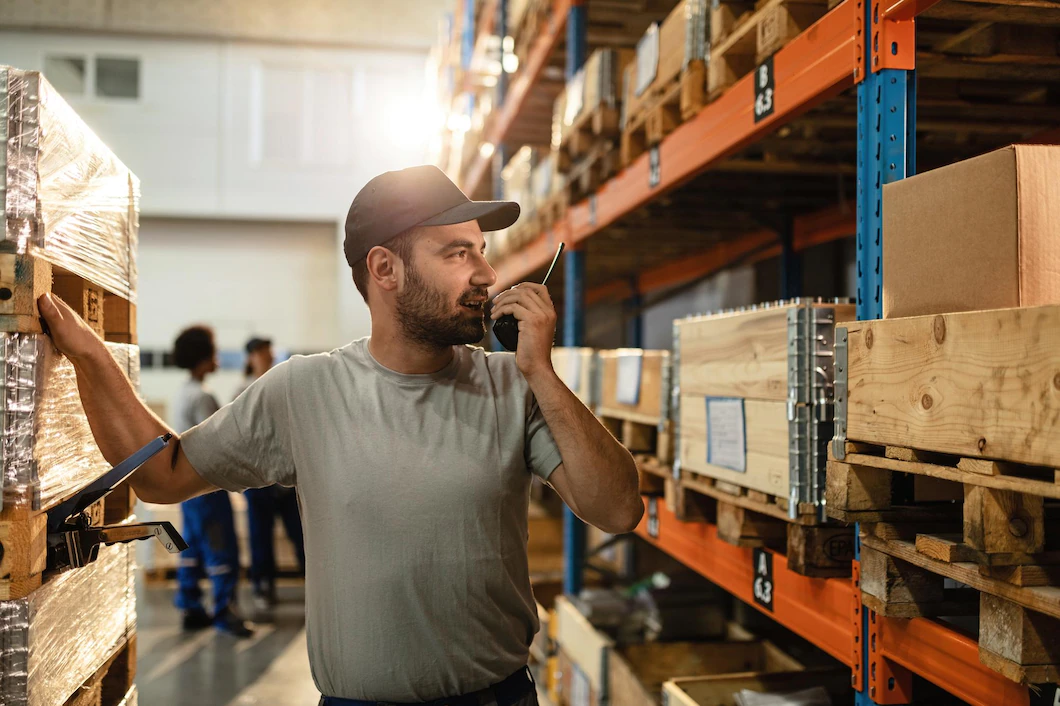I am always surprised to see where Ikea items come from: China of course, but also Thailand, Poland, or simply Sweden. Here are some important concepts if you are thinking of outsourcing your production, whether it is products or services.

Avoid putting all your eggs in one basket
Offshoring your production adds a dose of geopolitical risk to your business model. Indeed, these countries are often a little more unstable than Western economies. At the very least, they border on countries where political stability is weak and infrastructure is more fragile. By sending all your production to one country, you risk being held hostage if the country closes its borders or creates special export taxes.
You could also experience major production stoppages if a major climatic event (flood, typhoon, earthquake) were to damage the infrastructure. In these countries, they will need more time to be upgraded. Ikea therefore spreads its production around the world, with suppliers in more than 50 countries and only 22% “Made in China”. They might be out of stock on one product, but their stores will continue to carry the others.
What impact would the disruption of off-shore production have on the rest of your operations? What are the risks associated with the countries or region you have chosen? What is their probability?
The language and culture barrier
This is especially important when you outsource services. You need to make sure that you communicate well with the people who will be working with you. They make an effort to communicate with you, but when one (or two) people speak a language they don’t master perfectly, misunderstandings can occur.
You will be sure to follow up in writing on any decision or action points you feel you have agreed upon. It is always easier to confirm and understand a written text than a verbal exchange over the phone or during a video call.
Beyond the understanding of words, there is also a whole question of culture. If you develop a product or a service related to things that are unknown to your partners, they may have a hard time getting into the shoes of your customers. A simple example is snow. Many people have never seen snow fall. It’s an experience they only know from videos.
Since our culture is part of us, it is sometimes difficult to imagine how things that seem obvious to us are not obvious to others.
How will you ensure that your partner understands what you want? What language of communication do you use? Are there any cultural specificities that your partner needs to understand?
The impact of lot size and transportation
In general, as you produce far away to reduce costs, you will choose the transport by boat. You will produce large quantities, which will be delivered in large batches. The first implication of lot size is the impact on the rest of the supply chain. Indeed, when you receive a large volume of a single reference at once, how will you organize yourself? Storage has a significant cost. How will you react in case of a delay in supply, for example due to bad weather during navigation? If you rent a warehouse to store these parts, how will you size it? How will you manage the transportation to get these parts to your production site?

Ikea is of course a champion of logistics. They optimize the shape of the packages to put more in the same container. They use rail and sea transport. Conversely, they are reducing the variety of products, so that the offshoring model remains profitable with its large batch sizes.
What is the minimum lot size you need to order to make offshoring financially attractive? What are the impacts on the rest of your supply chain? What is the impact of the drop in the cost of a part on your overall production?
The cost of an error
Ikea’s products are quite simple: a few molded or machined parts, very standardized. The variation is managed with references: a sofa is made of a structure (one reference) and a cover (second reference). The complexity lies in the screw kits provided with each piece of furniture. If it happens, rarely, to have extra pieces, missing pieces are extremely rare. Fortunately for Ikea. I experienced this situation, on a particular piece: not available in store, IKEA shipped it to me by mail, from Sweden. Between the cost of the store employee, the warehouse employee, the inventory and shipping… This screw cost Ikea more than $50, which greatly reduced the margin made on the furniture, yet very standardized.
I’ll give you another example on a Kickstarter project: an error on an electronic component, which can only be known after it has been assembled, had a particularly high cost.
How will you manage a manufacturing error: detection, correction… without being permanently on site? How will you compensate your customers, fix what needs to be fixed? Can the errors be one-offs? Can a progressive disruption lead to errors on complete batches? It’s all about the risk you can accept, and the controls you need to put in place.
